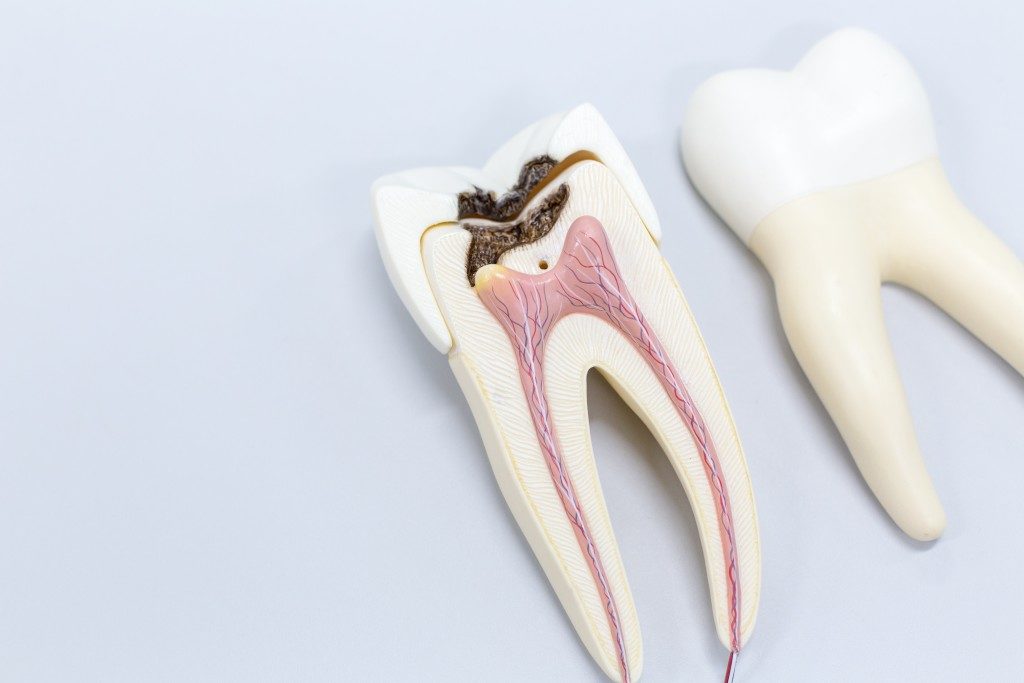A root canal is a standard procedure and the most common method used by endodontists to save your tooth after it has been exposed to bacteria or has been inflamed. In America, nearly 15 million root canal treatments are done every year, according to data collected by the American Association of Endodontists. And yet even when getting a root canal is the smartest choice when your nerve gets damaged and you’re literally dysfunctional because of pain, so many people fear the idea of going to the endodontist because of the pain associated with undergoing a root canal procedure.
Thankfully, new technologies in the field of dentistry made breakthroughs to increase the comfort level of dental patients and improve the longevity of root canal surgery. If you need a root canal treatment in Littleton or any other location, there are many endodontists available who can explain the process of this treatment and how it can improve your oral health.
Anesthetics and the “Laughing Gas”
These days, endodontists don’t have to suffer through the stigma of a root canal being a dreaded procedure. Anesthetics have made it easier to convince patients to get a root canal treatment. As long as they are assured that they’ll feel no pain when they undergo the process, they are more than fine with getting a root canal and treating their problems.
Another better option is a nitrous oxide or what is also called the “laughing gas.” If the patient is afraid of needles, he can simply breathe the air in through a mask and remain awake and comfortable throughout the surgery. Although the numbness doesn’t last too long, the pain is more bearable after the procedure is done.
3D Imaging for Diagnostics

Endodontists can better plan how to go about your root canal procedure because of 3D imaging technology. Using three-dimensional tomography, the images give detailed views of the facial skeleton and teeth. The imaging takes a mere minute. Once the 3D image is captured, the endodontist can visualize each root canal within a tooth and detect where the infection is located.
Peptide Hydrogel to Stimulate New Blood Vessels and Dental Pulp
Scientists have found a way to develop a peptide hydrogel that can help the tooth recover after a root canal procedure. A root canal basically means a dead tooth. You no longer have dental pulp inside your tooth. Instead, gutta percha or tiny rubber rods will be inserted in the tooth to allow new blood vessels and pulp to develop.
The development of the peptide hydrogel by Vivek Kumar, Ph.D. and Peter Nguyen, Ph.D. paves the way for a person who has undergone a root canal to “recapture” his tooth. This method allows for the growth of new pulp and blood vessels. It will produce stronger teeth and may prevent the need for more dental procedures in the future.
Although anesthesia and laughing gas are nothing new to dental science, their uses enabled scientists to go about developing new technologies that can improve various dental procedures such, as a root canal.
